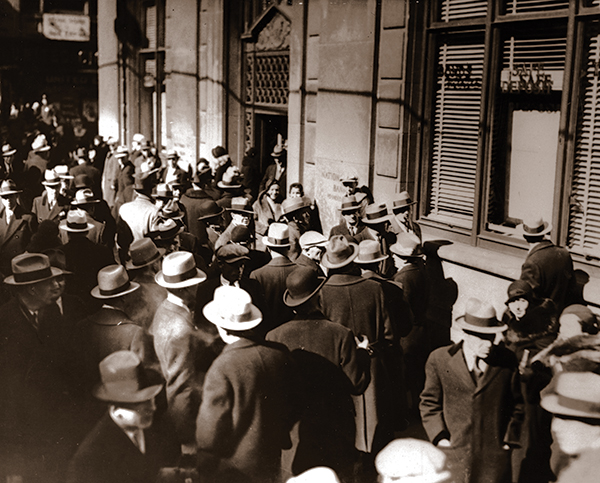Supervision and Regulation: Introduction
Have you ever been in a panic? Your heart pounds, you start to sweat, and your stomach feels queasy. Imagine hearing that the bank holding your life savings is running out of money. Imagine the panic you feel as you run to that bank to get whatever you can before the doors are closed and locked forever.

Now, imagine having nothing but your savings to support you through your later years. Social Security doesn’t exist and you don’t have a pension. All you have is your savings, and now it could be gone. Forever.
The nation’s periodic episodes of banking panics were one of Congress’ most serious concerns in creating the Federal Reserve and led to one of the Fed’s three main responsibilities: to foster safe, sound, and competitive practices in the nation’s banking system.
To accomplish this, Congress included the Fed among those responsible for regulating the banking system and supervising financial institutions. What’s the difference between these two responsibilities? For the Fed, supervising banks generally means helping to establish safe and sound banking practices and protecting consumers in financial transactions.

